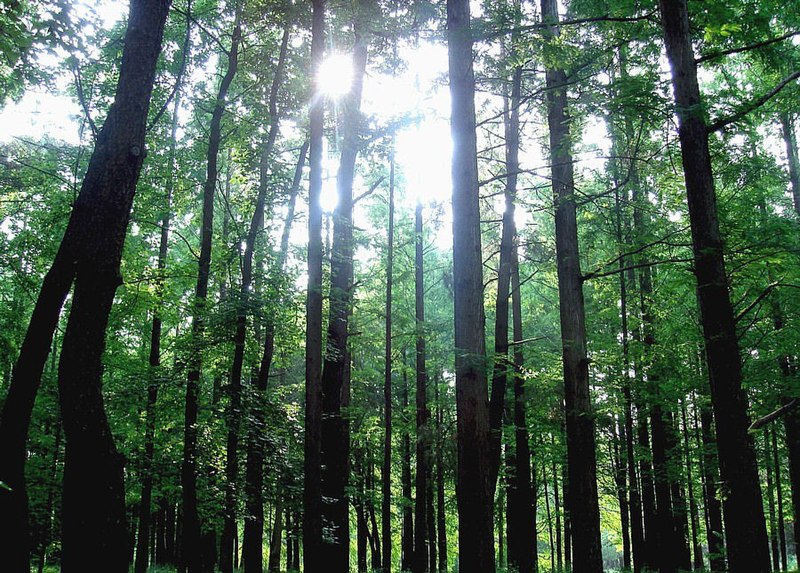
Wood is a vitally important natural resource. Sometimes people think that harvesting it is a bad thing; however, this is hardly the case. In fact, we are protecting and preserving that natural resource through responsible use. Wood is the only renewable construction material. Plastic and aluminum use up valuable nonrenewable natural resources. Ninety-five percent of every tree cut down is used to make products such as construction lumber, plywood, wood chips, and sawdust. Even the bark is used in landscaping. The remaining 5% is made up of branches left in the forest to biodegrade naturally and enrich the soil, helping saplings to grow.
Careful use of the forests, including selective cutting methods, helps to promote new tree growth, and increased sunlight allows for a greater diversity of species and their survival over time. When forests become old or overcrowded, trees stop growing and begin to decay. They release carbon dioxide that contributes to the greenhouse effect. Responsible harvesting of forests and reforestation lock in the carbon and ensures a continual supply of oxygen-producing trees. Reforestation actually removes carbon dioxide from the atmosphere and puts it somewhere else, like in the mass of a live, growing forest. This is a vital part of reducing carbon emissions, offsetting “carbon footprints” and providing time to transition to a clean energy economy.
Reforestation is the restocking of existing forests and woodlands, which have been depleted, with native tree stock. It can also refer to the process of restoring and recreating areas of woodlands or forest that once existed but were deforested or otherwise removed or destroyed at some point in time. Simply put, reforestation causes a forest to grow again. The resulting forest can provide both ecosystem and resource benefits and has the potential to become a major carbon sink (a natural carbon dioxide reservoir that removes carbon from the atmosphere and releases oxygen back into it).
Reforestation occurs by allowing a deforested land to be undisturbed for several years or by replanting native species in open areas or adjacent to the remaining forest. Native forests are resilient and may re-establish themselves quickly by letting nature take its own course. Pressure on forests can be relieved by creating tree farms for the sole purpose of harvesting them for sale or manufacture, such as in the wood flooring, pulp and paper industries. This method of replanting trees whenever some are cut down is similar to harvesting of other crops.
Reforestation can provided other benefits in addition to financial returns, including restoration of the soil, rejuvenation of local flora and fauna, and capturing and sequestering 38 tons of carbon dioxide per hectare per year. It also helps protect the natural habitats of some animal species and prevent shoreline erosion. So, ultimately, reforestation is very important, not only for the industry but also our environment.
Tuesday, August 26, 2008
What is Reforestation? Is it Important?
| eco-friendly, environment, environmentally friendly, hardwood species, industry updates, reforestation, renewable resource, wood, wood species Tuesday, August 26, 2008
Subscribe to:
Post Comments (Atom)

No comments:
Post a Comment